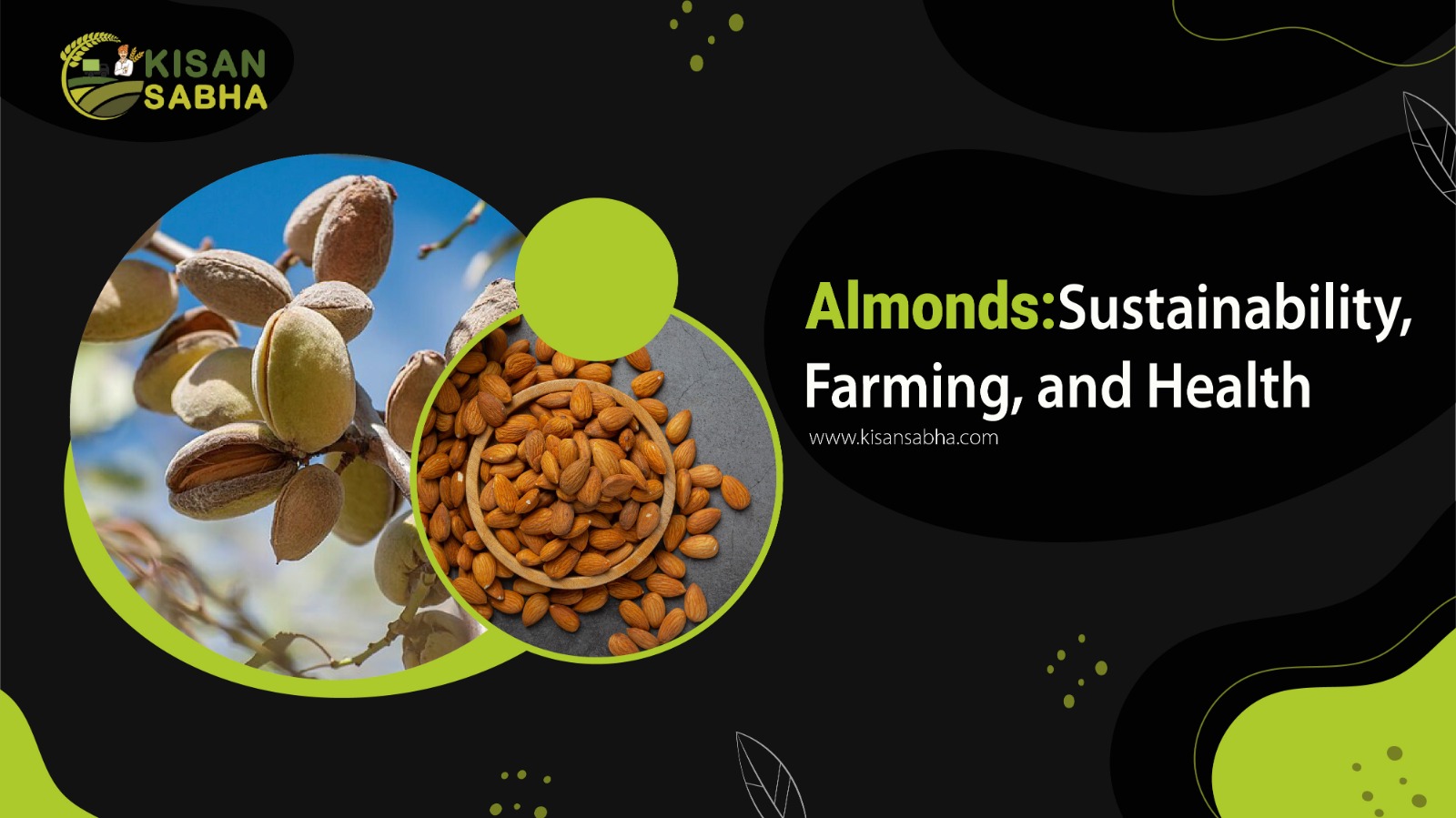Since they have been consumed and raised for so long, almonds have come to represent many different historical cultures. Almonds were traditionally given as wedding gifts in ancient Rome as a fertility symbol. The almond tree is used as a metaphor for the eye of God as well as other things like cleanliness in the Bible.
The almond sector has recently experienced rapid expansion, rising from USD 8.16 billion to a projected USD 11.814 billion by 2027. Almond milk is a great dairy-free alternative, so this is in part because studies have shown that they have health benefits. It’s also because plant-based diets are becoming more and more popular.
Influence on the sector
However a number of problems come along with this increase in demand. Few places farm almonds extensively because they prefer a hot, Mediterranean climate. In the locations where they are farmed, this causes a variety of issues, with water shortages being the most notable. Also, this implies that they are heavily exported, frequently over great distances to nations not ideal for the cultivation of almonds.
Here, we examine almond nutrition and the specific reasons why they are so good for us. We also describe how they are grown and why farming methods need to change.
Benefits of almonds for nourishment and wellness
Almonds are a high-protein food with a variety of health benefits. They contain vitamins and minerals that are crucial to the body’s healthy operation.
Vitamin E
A potent antioxidant called vitamin E is abundant in almonds. This indicates that it shields cells from free radicals, unstable atoms that cause ageing and the emergence of a number of diseases. It has been used to lessen the side effects of cyclophosphamide, a chemotherapy medicine that contains a carcinogenic substance. It also helps to maintain healthy skin and eyes as well as the immune system.
Vitamin B9
Red blood cell synthesis, which involves successful cell division, depends on vitamin B9, often known as folate (RBCs). As a result of the RBCs’ abnormality, which prevents them from adequately distributing oxygen to cells, a B9 shortage can result in severe anaemia. It must be absorbed through diet because the body is unable to manufacture it. Almonds’ high quantities of folate highlight how important they are as a component of a balanced diet.
Magnesium
Almonds have a significant magnesium content as well. In the body, magnesium participates in thousands of metabolic processes. Many medical and psychological issues, including as high blood pressure, moderate to severe anxiety, and depression, have been linked to this mineral deficit.
Calcium
It is well recognised that calcium is crucial for the wellbeing and durability of bones and teeth. It is essential for proper muscle contraction and maintains appropriate blood clotting. It is believed that calcium will have a significant role in the prevention of cardiovascular disease because this includes the contraction of heart muscles.
Cultivation of almonds
Almond trees only begin to bear fruit after about five years, making the production process rather laborious. Even then, it may take another 5 to 7 years for them to mature to the point at which they can fully produce nuts. Almond trees live for 30 years on average, which means they have roughly 25 years of productive life left.

Almonds flourish in Mediterranean climes and demand healthy, well-drained soils. By the end of July, the trees often start to produce their seeds. In order to prevent rot or illness, they are allowed to dry in the sun after being picked until they have a low moisture content.
Sustainability of almond production
However, almond farming has a detrimental effect on the environment because of the structure of the production chain.
California is the primary almond-growing state, generating 80% of the almonds sold worldwide. This implies that a significant portion of the total yield—roughly 70%—must be shipped to other places. While there are many bigger offenders, food transportation accounts for about 6% of greenhouse gas emissions and has a considerable carbon footprint due to the long distances it must travel to reach many parts of the world.
Water usage
Almond production also uses a lot of water—roughly 12 litres are needed to produce just one almond. Hence, 276 litres of water were drank for a typical serving size of about 23 almonds. Over 95% of the population in California is directly impacted by droughts, and the state frequently imposes hosepipe bans and other restrictions to address the problem.
The enormous amount of water used in the cultivation of almonds has also had an impact on aquatic biodiversity. Rivers have been diverted to assist the expansion of farming, which has had a substantial impact on the wild salmon population.
Solutions
A potential remedy is to make almond trees more resistant to drought stress in order to conserve water. This can be accomplished by using algae-based biostimulants, which have been demonstrated to have minimal, inconsequential effects on almond quality.’
Visit us kisansabha.in now!!!





